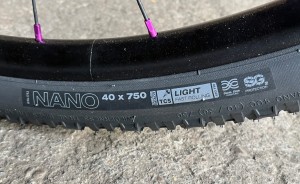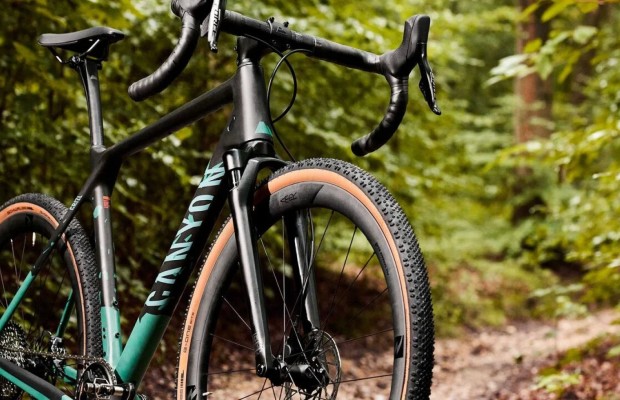First 750d wheels, new standard size for gravel?
The acclaimed titanium bicycle manufacturer Moots presents a prototype of its Routt CRDD gravel bike developed in collaboration with WTB to equip it with 750 wheels with which the brand seeks to bring the capabilities of gravel bikes closer to those of mountain bikes. Whether it will be just an experiment or the beginning of a paradigm shift in gravel bikes is something that only time will tell.

Moots in search of new paths for gravel
The SBT GRVL, a gravel race in the mountains of Colorado that took place a few days ago, was the stage chosen by Moots, the well-known titanium bicycle company, for the launch of a new gravel bike project carried out in collaboration with the WTB wheels and tyres brand.
A prototype that has the striking novelty of using a new wheel size, 750d, larger than the usual 700 or 650b that are also used in some gravel models.
RECOMENDADO

When do helmets have to be changed? Do they have an expiration date?

The best apps for cycling and mountain biking

Black Friday 2025 cycling bargains: save on Garmin, POC, Maxxis and more

Black Friday Garmin 2025: the ultimate guide to choosing your GPS at the best price

Do you need suspension on your gravel bike?

A real workout saver of only 56 min on the turbo trainer
700 is the most common size as it is the traditional size for road bikes, the origin of gravel bikes. This size makes it possible to fit tyres that combine high rolling capacity with remarkable absorption, especially with the use of larger balls than the 700x40c that could be considered standard.

Beyond performance, in the wildest aspect of gravel, the 650b size is often used, the same 27.5'' size used in mountain biking and with which pure mountain bike tyres can be used to take the use of gravel to pure mountain terrain.
Now, as it happened in the mountain bike world when the traditional 26'' wheels were replaced by 29'' and 27.5'' wheels, Moots offers a new wheel size for gravel, in this case, even bigger than the usual 700.
The motivation of this new 750 size is to achieve a behavior similar to that of 29'' mountain bikes, both in rolling capacity and absorption without having to mount large balloon tyres as is the case when we opt for the 27.5'' size. With 750 rims and the 40 tyres mounted on the Moots prototype, an effective diameter equal to that of a 29'' wheel with mountain bike tyres is achieved.

By gaining diameter, the passage over the irregularities of the terrain is softened by the impact of these on the larger circumference arc of the wheel in a more oblique way, all this, in theory, while maintaining a great rolling capacity as demonstrated in XC bikes. On the negative side, we should mention the weight increase of larger wheels and the loss in handling that this could entail but, as brands have done on other occasions, this could be solved by suitably modifying the geometry of the bikes that use this size.
In any case, it seems difficult that this new size will be able to replace 700 wheels, especially because of the compatibility of this size with road wheels, which adds versatility to gravel bikes for use on asphalt. Proof of this is that the use of 650b, which in principle promised to be the miracle by allowing greater absorption but with a diameter equivalent to 700 wheels, has a clearly minority use. In any case, we will have to wait and see if other manufacturers decide to consider this new size.